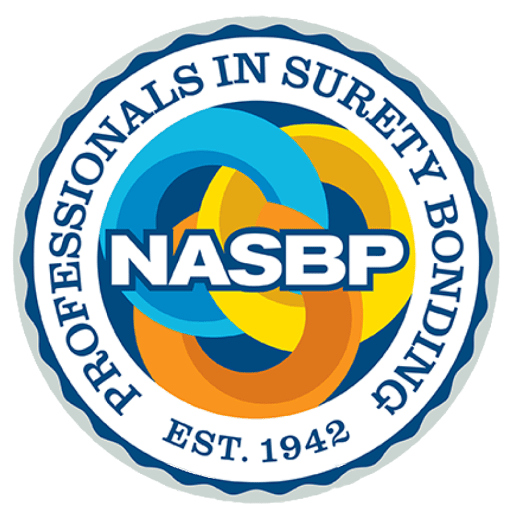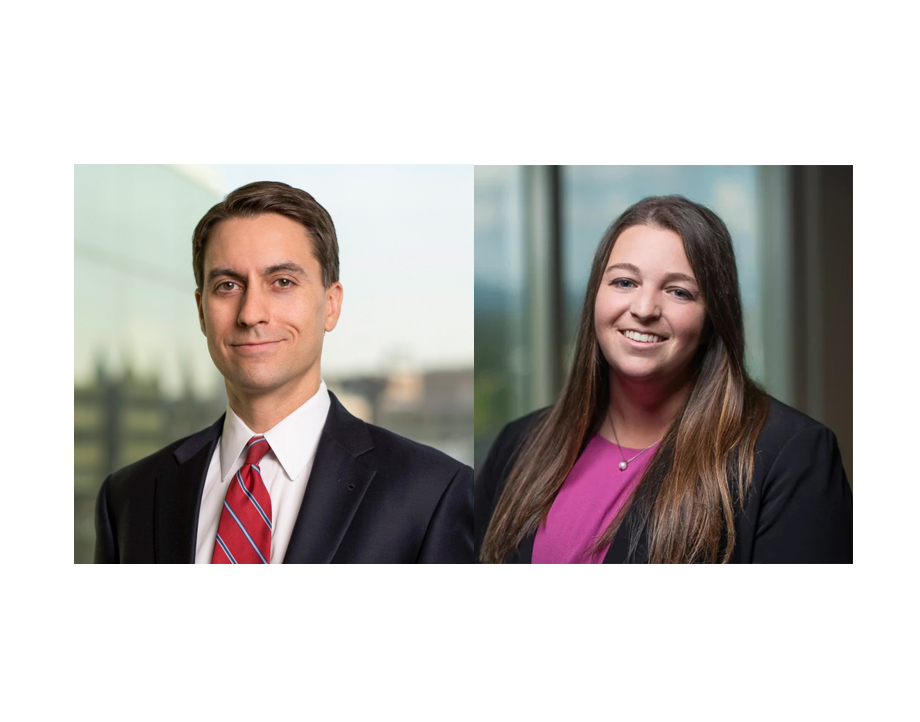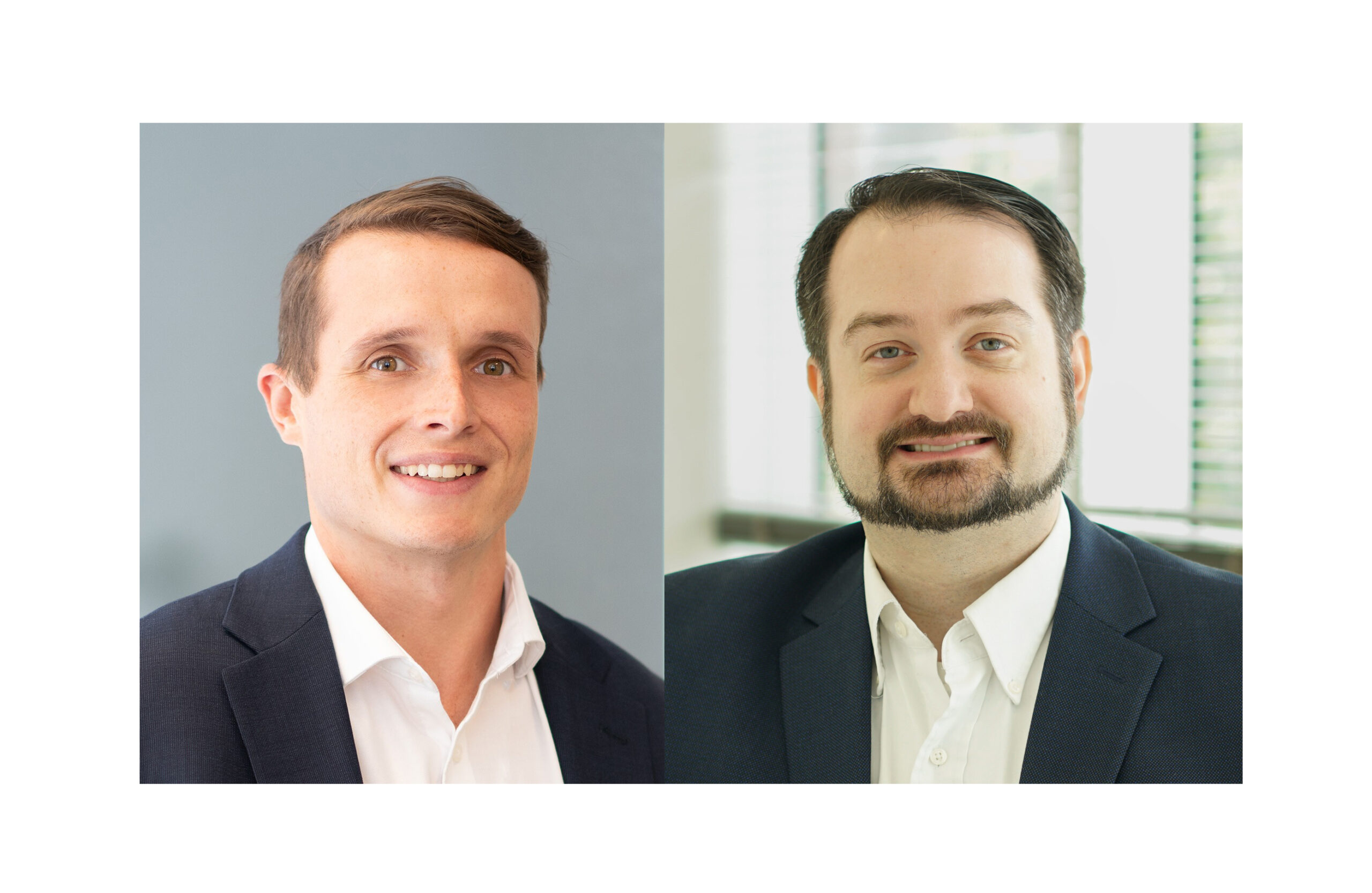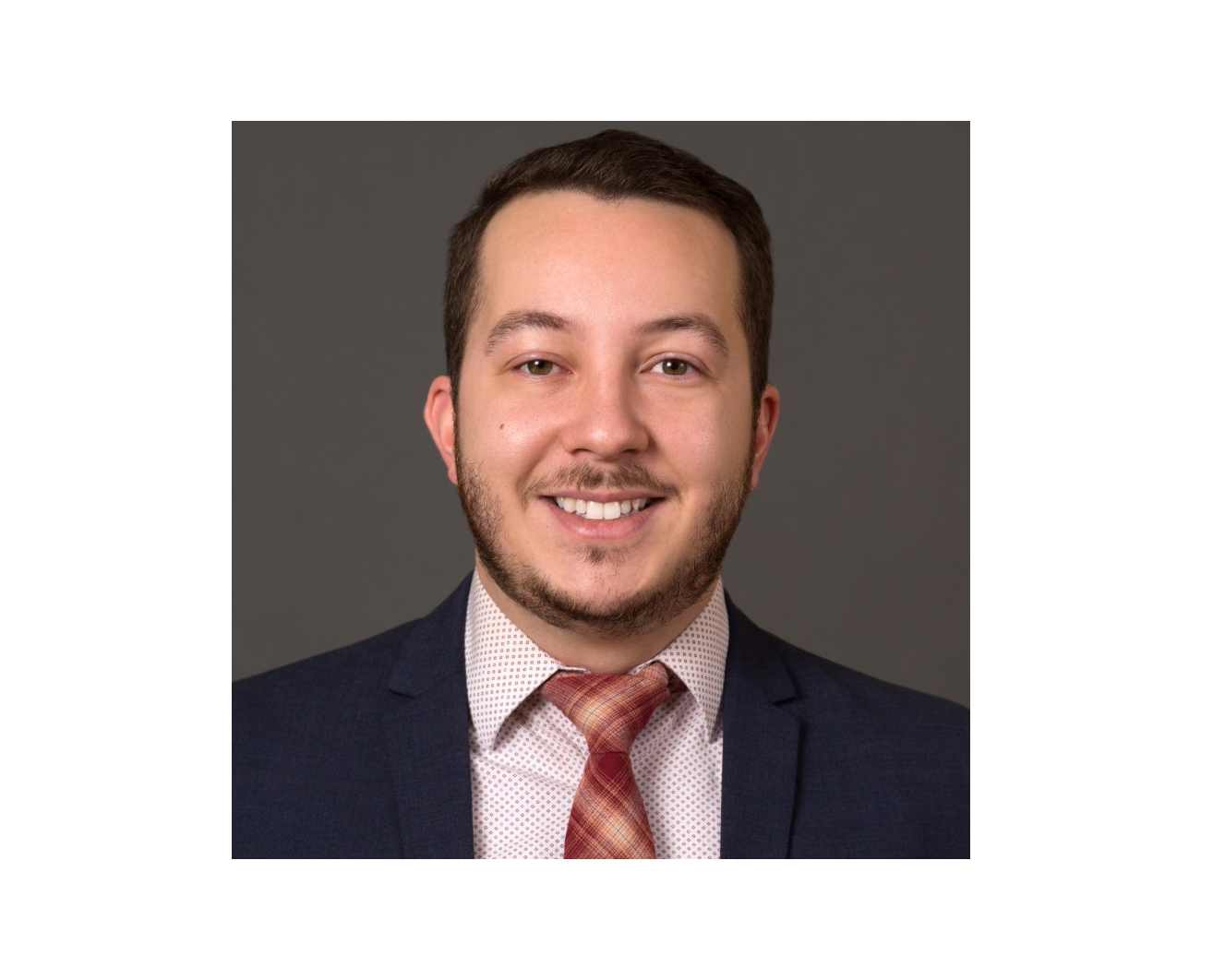Search & Filter
Search
Topic
Region
Audience
Post Type
Pre-Award Bid Protests: Practical Tips for Government Contractors
By Aron C. Beezley and Gabrielle A. Sprio of Bradley Arant Boult…
What to Do When Work Stops: A CPA’s Perspective on Stop-Work Orders
By Benjamin H. Bloom and Steven D. Graf of Ellin & Tucker…
Why the Basel Accords Matter . . . RIGHT NOW
By Stefan Engelhardt of NASBP Member CAC Specialty Originally published June 16,…




